- WORLD CLIMATE
- THE HOT, WET EQUATORIAL CLIMATE
- LIFE AND ECONOMY
- PLANTATION BOOM IN RAINFORESTS
UNIT 4 – CLIMATOLOGY – PART 29
WORLD CLIMATE
- Koeppen’s Classification of climate is the most commonly used classification of climate.
- This climate classification scheme was developed by Wladimir Peter Koeppen in 1884.
- He recognized a close relationship between the distribution of vegetation and climate.
- The categories are based on the data of annual and monthly averages of temperature and precipitation.
- He selected specific values of temperature and precipitation and related them to the distribution of vegetation and used these values for classifying the climates.
- The Koeppen climate classification system recognizes five major climatic types, and each type is designated by a capital letter- A, B, C, D, E, and H.
- The seasons of dryness are indicated by the small letters: f, m, w, and s.
- f -no dry season
- m – Monsoon climate
- w- Winter dry season
- s – Summer dry season
- The small letters a, b, c, and d refer to the degree of severity of temperature.
THE HOT, WET EQUATORIAL CLIMATE (AF)
Distribution
- It is found between 5º and 10º north and south of the equator.
- It is dominantly found in the lowlands of the Amazon, the Congo, Malaysia and the East Indies.
- TEMPERATURE
- Temperature is uniformthroughout the year.
- The mean monthly temperatures are always around 27° Cwith very little variation.
- There is no winter. [Typical to Equatorial Rainforest Climate]
- Cloudiness and heavy precipitationmoderate the daily temperature.
- Regular land and sea breezes assist in maintaining a truly equable climate.
- The diurnal range of temperature is small, and so is the annual range.
PRECIPITATION
- Precipitation is heavy and well distributed throughout the year.
- Annual average is always above 150 cm. In some regions the annual average may be as high as 250 – 300 cm.
- There is no month without rain (distinct dry season is absent). The monthly average is above 6 cm most of the times.
- There are two periods of maximum rainfall, Apriland October. [shortly after the equinox]. Least rain fall occurs in June and December [solstice].
- The double rainfall peaks coinciding with the equinoxesare a characteristic feature of equatorial climates not found in any other type of climate.
- There is much evaporation and convectional air currents are set up, followed by heavy thunderstorms in the afternoons.
NATURAL VEGETATION
- It supports a luxuriant type of vegetation – The Tropical Rain Forest.
- Amazon tropical rain forest is known as
- It comprises a multitude of evergreen trees that yield tropical hardwood, e.g., Mahogany, Ebony, Greenheart, Cabinet Wood. And Dyewoods.
- Lianas, Epiphytic and Parasitic plants are also found.
- Trees of single species are very scarce in such vegetation.
CANOPY
- From the air, the tropical rain forest appears like a thick canopy of foliage, broken only where it is crossed by large rivers or cleared for cultivation.
- All plants struggle upwards (most epiphytes) for sunlight resulting in a peculiar layer arrangement.
EPIPHYTE: An epiphyte is a plant that grows harmlessly upon another plant (such as a tree) and derives its moisture and nutrients from the air, rain, and sometimes from debris accumulating around it.
- The tallest trees attain a height close to 50 m.
- The smaller trees beneath form the next layer.
- The ground is rooted with ferns and herbaceous plants which can tolerate shade.
- Because the trees cut out most of the sunlight the undergrowth is not dense.
LIFE AND ECONOMY
AGRICULTURE
- The forests are sparsely populated.
- In the forests most primitive people live as hunter gatherersand the more advanced one’s practice shifting cultivation.
- Food is abundantly available. People generally don’t stock food for the next day.
Commercial
- In the Amazon basinthe Indian tribes collect Wild Rubber,
- in the Congo Basin the Pygmiesgather nuts and
- IN the jungles of Malaysia, the Orang Aslimake all sorts of cane products and sell them to people in villages and towns. [The names of the tribes come under Social Geography – Prelims]
SHIFTING CULTIVATION OR SLASH AND BURN CULTIVATION.
- This type of cultivation is followed in many parts of the world where dense forests are common [In India, North-East is known for this type of cultivation].
- Tribes cut the trees in a plot, burn them, and cultivate the plot till the fertility is exhausted.
- Once the fertility is exhausted, the clearing is abandoned, and they move on to a new plot. Such farming practices are becoming more and more widespread even among backward tribes.
- In the clearings for shifting cultivation, crops like manioc (tapioca), maize, bananas and groundnuts are grown.
PLANTATION BOOM IN RAINFORESTS
- With the coming of the Europeans, many large plantations have been established, especially in Java, Sumatra, Malaysia, West Africa and Central America.
- The climate is very Favourable for the cultivation of certain crops that are highly valued in the industrial West. The most important is natural rubber.
- Malaysia and Indonesiaare the leading producers. The home country, Brazil exports practically no natural rubber.
- Cocoais another important crop which is cultivated in West Africa, bordering the Gulf of Guinea. The two most important producers are Ghana and Nigeria. All the cocoa here goes into American and European chocolate industry.
- From the same area another crop, oil palm, has done equally well and many countries like Indonesia have now taken to its cultivation.
- Other important crops include Coconuts, Sugar, Coffee (Brazil), Tea, Tobacco, Spices, Etc.
- The plantations resulted in the destruction of nearly half of equatorial forests.
Plantations | Regions |
Palm | Malaysia, Indonesia |
Sugarcane | Brazil |
Coffee | Brazil |
Rubber | Malaysia, Indonesia |
Cocoa | Ghana, Nigeria |
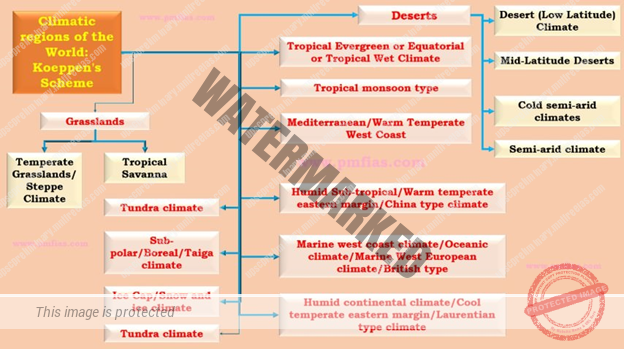
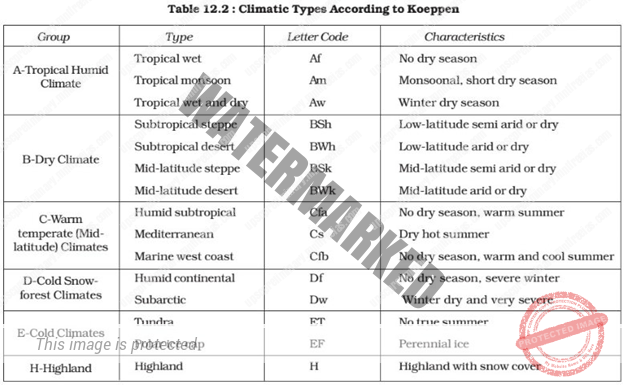
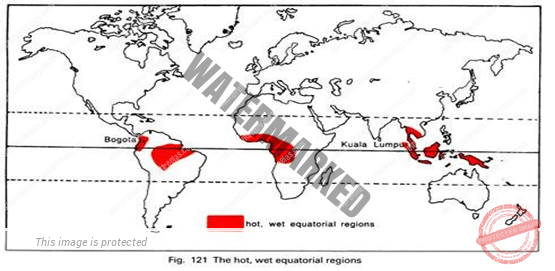
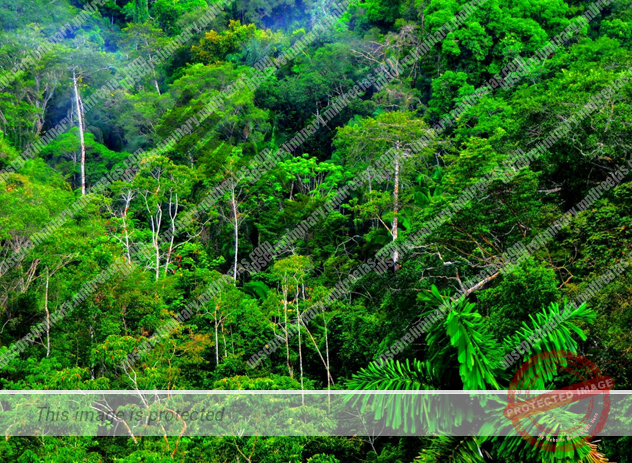
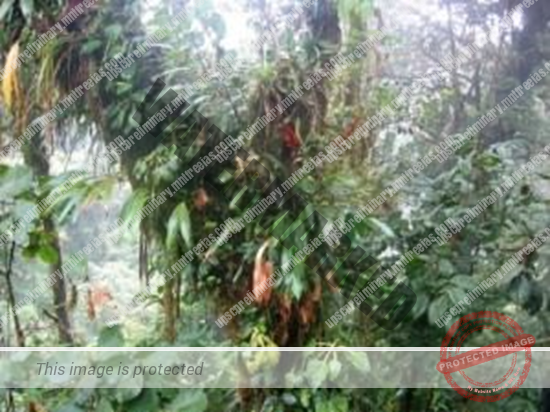
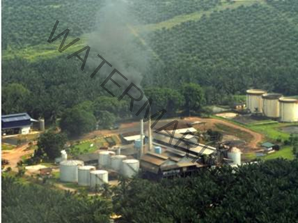
[pvc_stats postid="" increase="0" show_views_today="1"]
